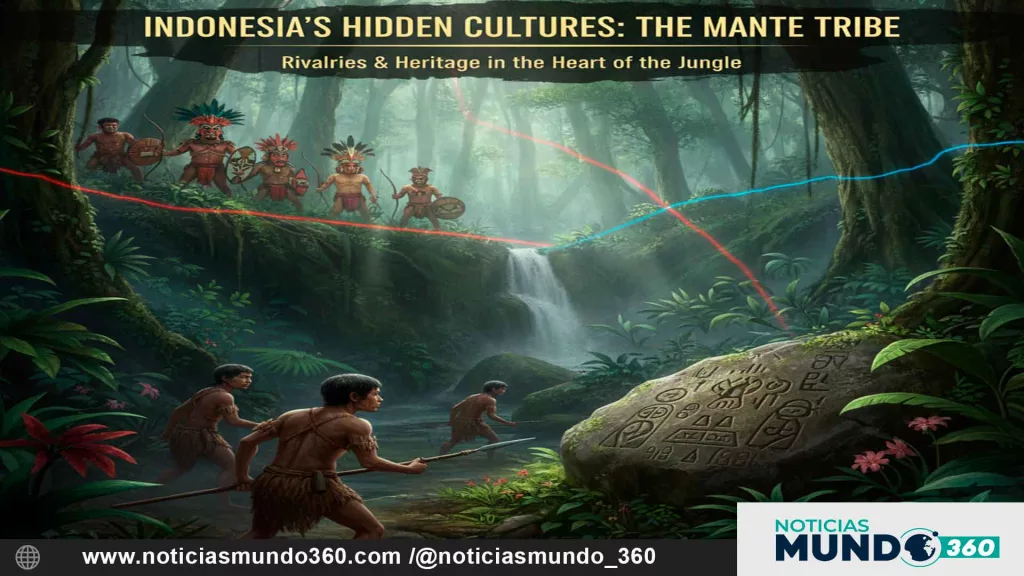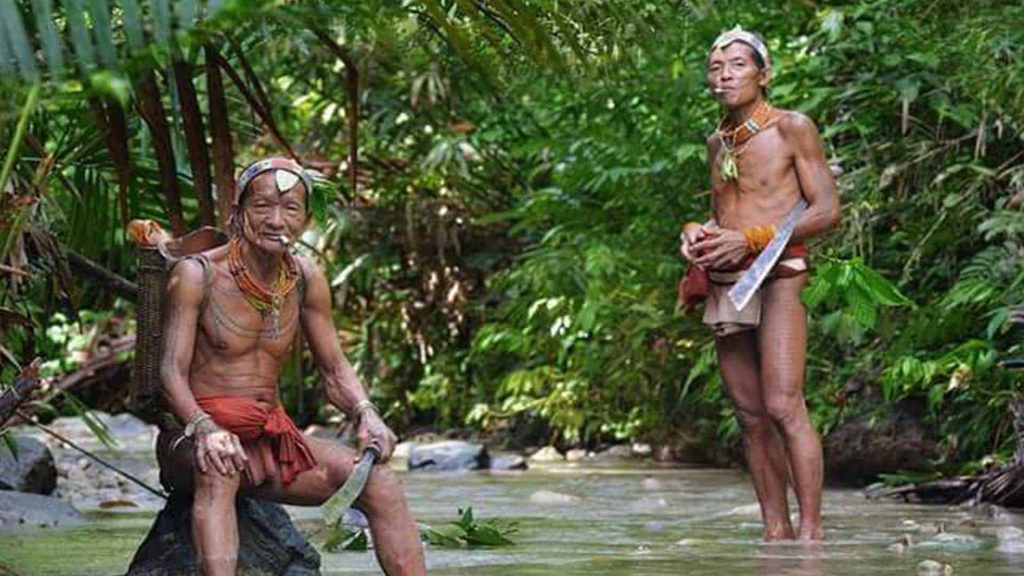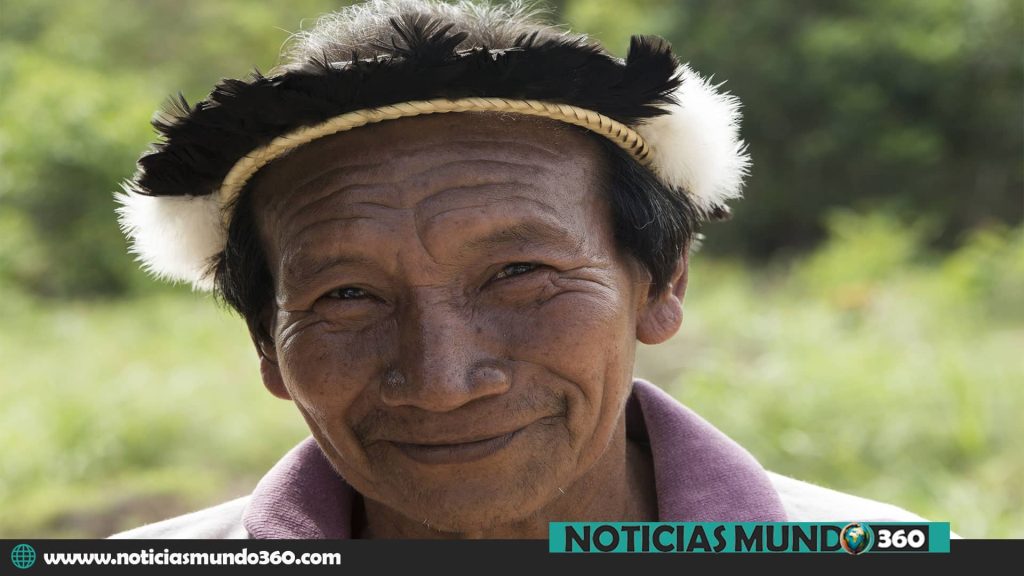Indonesia, with its rich cultural diversity, is home to numerous tribus, each with its unique traditions, customs, and way of life. One such tribu is the Mante Tribu, which is known for its fascinating culture and its interactions with rival tribus in the region. In this blog post, we will delve into the world of the Mante Tribu and explore the broader context of tribal cultures in Indonesia.
The Mante Tribu: A Glimpse into their Culture
The Mante Tribu is one of the many indigenous tribus found in Indonesia. They primarily reside in the eastern part of the country, particularly in the province of Papua. The Mante people have a deep connection with nature and rely on hunting, fishing, and farming for their sustenance. Their traditional way of life has been passed down through generations, and they take great pride in preserving their cultural heritage.
The Mante Tribe has a unique social structure, with a chief or leader at the helm. The chief is responsible for making important decisions and maintaining harmony within the tribe. Family and community are highly valued in Mante society, and they often come together for various social and cultural events. These gatherings provide an opportunity for the tribe members to showcase their traditional dances, music, and art forms.
Rival Tribes and Interactions
Like many tribal societies, the Mante Tribe has had interactions, both peaceful and conflict-ridden, with rival tribes in the region. These interactions have shaped their history, traditions, and even their identity. It is important to note that the concept of rivalry among tribes does not necessarily imply hostility or enmity but rather a distinct cultural identity and territorial boundaries.
The number of rival tribes in the area where the Mante Tribe resides is difficult to determine accurately. Indonesia is home to more than 1,300 ethnic groups, and many of them have their own distinct tribes. Each tribe has its own customs, language, and cultural practices, contributing to the vibrant tapestry of Indonesian culture.
The rival tribes often engage in cultural exchanges, trade, and occasional conflicts. These interactions have played a significant role in shaping the cultural landscape of the region. They have influenced the Mante Tribe\’s traditions, beliefs, and even their art forms. Over time, these interactions have fostered a sense of cultural diversity and mutual respect among the tribes.
Preserving Tribal Cultures
As Indonesia continues to modernize, there is a growing concern about the preservation of tribal cultures. Efforts are being made to protect and promote the unique traditions and customs of tribes like the Mante Tribe. Government initiatives, non-profit organizations, and cultural institutions are working together to document and preserve the rich heritage of these tribes.
Education plays a crucial role in preserving tribal cultures. Schools in indigenous areas often incorporate traditional knowledge and practices into their curriculum, ensuring that younger generations are aware of their cultural roots. Additionally, cultural festivals and events provide a platform for tribes to showcase their traditions to a wider audience, fostering appreciation and understanding.
In conclusion, the Mante Tribe is just one example of the many fascinating tribes in Indonesia. The interactions between rival tribes have shaped their cultures and contributed to the cultural diversity of the region. Efforts to preserve and promote tribal cultures are essential to ensure the continuity of these unique traditions for future generations. Indonesia\’s tribal cultures are a testament to the country\’s rich heritage and should be celebrated and protected.
Noticias Mundo 360 » ¡Únete a nosotros!
Telegram –https://t.me/noticiasmundo360
Whatsapp –https://acortar.link/lTvyna
Twitter –twitter.com/notimundo_360
Instagram –instagram.com/noticiasmundo_360
TikTok –tiktok.com/@noticiasmundo360



